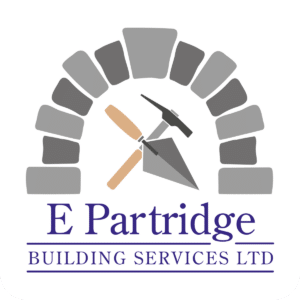01453 762 448
PASSIVE HOUSE | Eco-Conscious Homes

What is Passive House?
Passive House (Passivhaus) is not a brand name, but a construction concept that has proven itself over recent years and represents the next generation of house building.
It is a new building standard that is truly energy efficient , comfortable , affordable and environmentally friendly.
Passive House principles provide a robust framework for eco house design, prioritising energy efficiency, comfort, and sustainability. However, a Passivhaus is more than just a low-energy building.
Passive House buildings allow for heating and cooling-related energy savings of up to 90% compared with typical building stock and over 75% compared with average new builds. In terms of heating oil, Passive House buildings use less than 1.5 litres per square meter of living space per year – far less than typical low-energy buildings. Similar energy savings have been demonstrated in warmer climates where buildings require more energy usage for cooling than for heating.
Passive House buildings are also renowned for their exceptional thermal comfort. They utilise internal energy sources, such as body heat from residents and solar heat entering the building, making heating far more efficient. Appropriate windows with high-performance insulation, along with a well-insulated exterior shell consisting of walls, a roof, and a floor slab, help to retain heat during winter and keep the interior cool in summer.
A mechanical ventilation system supplies a constant flow of fresh air, ensuring superior indoor air quality without causing unpleasant draughts. This also helps to maintain low radon levels, contributing to better health and well-being. Additionally, a highly efficient heat recovery unit allows heat from exhaust air to be reused, further reducing energy consumption.
The significant energy savings in Passive House buildings are achieved by using highly efficient building components and a quality ventilation system. There is absolutely no compromise on comfort—in fact, occupants enjoy a considerably higher level of comfort than in conventional buildings.
Sustainability in Mind
Sustainability is at the heart of the Passive House concept, ensuring that homes are not only energy efficient but also environmentally responsible. By drastically reducing energy consumption, Passive House buildings minimise reliance on fossil fuels and help lower carbon emissions. The materials used in construction are carefully selected for durability and performance, reducing waste and the need for frequent renovations.
Furthermore, Passive House buildings support a low-impact, sustainable lifestyle by optimising energy use, incorporating renewable energy sources where possible, and promoting healthier indoor environments. Many Passive House designs integrate solar energy systems alongside air source heat pumps to further improve efficiency and reduce reliance on traditional energy sources. By consuming far less energy than conventional homes, Passive House designs also play a key role in reducing greenhouse gas emissions, helping to combat climate change. With sustainability and energy efficiency becoming priorities for homeowners, the Passive House standard offers a long-term solution that benefits both occupants and the planet.
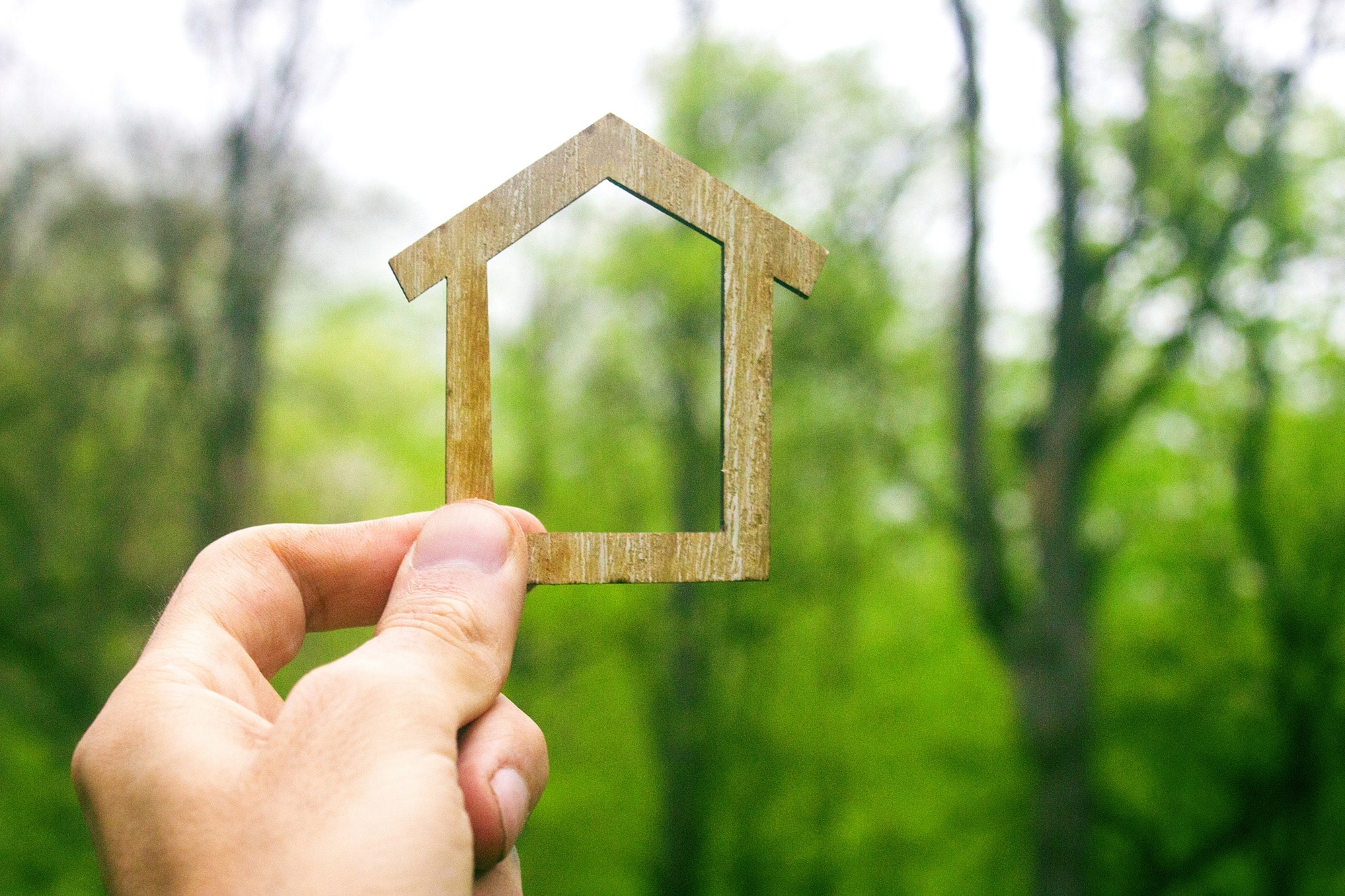
A Passive House has got it all
Comfort
Quality
Passive House buildings are known for their outstanding energy efficiency, achieved through superior insulation and an airtight design.
A key feature is “thermal bridge-free design”, where insulation is applied continuously across the entire building. This prevents weak spots that can cause cold corners, heat loss, and draughts.
By eliminating thermal bridging, Passive House construction maintains a warm and consistent indoor temperature. It also reduces condensation and moisture build-up, helping to prevent damp and structural damage.
This approach ensures high-quality, long-lasting buildings while creating a healthier, more comfortable living environment.
Sustainability
Passive Houses are designed to use very little primary energy, helping to conserve resources for future generations while minimising environmental impact. The energy required for construction (embodied energy) is minimal compared to the significant energy savings these buildings achieve over their lifetime.
This high level of sustainability makes Passive House one of the most effective ways to cut energy consumption and reduce environmental impact, whether for new builds or renovations. Despite its efficiency, the Passive House standard remains affordable and accessible, making it an ideal choice for homeowners looking to build or upgrade sustainably.
All Passive House principles are well-documented, and design tools are widely available, enabling architects and builders to implement them easily. Choosing a Passive House means making a real contribution to a greener, more sustainable future.
Affordability
Are Passive House buildings a good investment? Definitely! Passive House buildings offer long-term savings while being more affordable than expected.
Although they require high-quality building components, the higher initial cost is offset by eliminating expensive heating and cooling systems. Over time, reduced energy consumption leads to significant financial savings.
With more financial incentives and grants available, building a Passive House is becoming even more feasible, making it a smart and sustainable investment.
Energy Efficiency
Passive House construction techniques create a “factor 10 house”, meaning it uses just one-tenth of the energy consumed by a typical home.
This results in significantly lower energy bills, proving that the Passive House concept delivers real, measurable savings—with no performance gap between predicted and actual energy use.
Versatility
Any competent architect can design a Passive House. By applying key principles, new buildings anywhere in the world can be constructed to meet Passive House standards.
The versatile Passive House standard is increasingly used for non-residential buildings, including offices, schools, and other administrative facilities.
Education on Passive House design is available globally, with a wide range of professional training programmes to support architects and builders in implementing these techniques.
Retrofits
Benefits of a Passive House Design
-
High levels of comfort – Enhanced insulation and airtight construction maintain consistent indoor temperatures, eliminating cold spots and draughts.
-
Fresh, filtered air – A mechanical ventilation system with heat recovery (MVHR) ensures a constant supply of fresh, filtered air, while efficiently recovering heat from extracted air.
-
Long-lasting durability – The airtight design minimises moisture build-up, significantly reducing the risk of surface condensation, damp, and mould growth, leading to a healthier indoor environment.
-
Lower heating costs – By dramatically reducing energy demand, Passive Houses lead to significant savings on heating bills over time.
-
Reduced carbon footprint – With minimal energy consumption, Passive Houses help to cut carbon emissions, making them a more sustainable choice for the environment.
Our Passive House Building Services
At EP Builders, we specialise in high-performance, energy-efficient homes built to the rigorous Passivhaus design standards. We are delighted to have achieved our certification in the latest Passive House construction techniques, ensuring we can deliver the highest quality, sustainable homes that require minimal energy for heating and cooling while maintaining superior indoor air quality and comfort.
Whether you’re looking to build a new Passive House from the ground up or upgrade your current home to meet Passive House standards, we offer a full range of services tailored to your needs. From airtight construction and high-performance insulation to triple-glazed windows and mechanical ventilation with heat recovery (MVHR), we ensure every element is designed for maximum thermal efficiency and sustainability.
Many of our Passive House projects also incorporate solar panels and other renewable sources of energy, allowing homeowners to achieve even greater energy savings while reducing reliance on traditional power sources.
By choosing our Passive House building services, you’re investing in sustainable living that not only lowers your carbon footprint but also significantly reduces energy costs. Contact us today to discuss your project and discover how we can bring your vision to life.
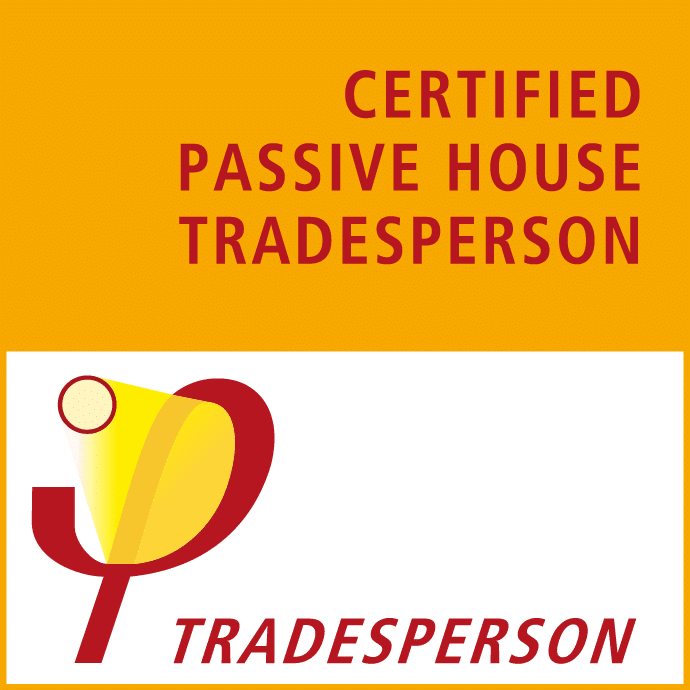
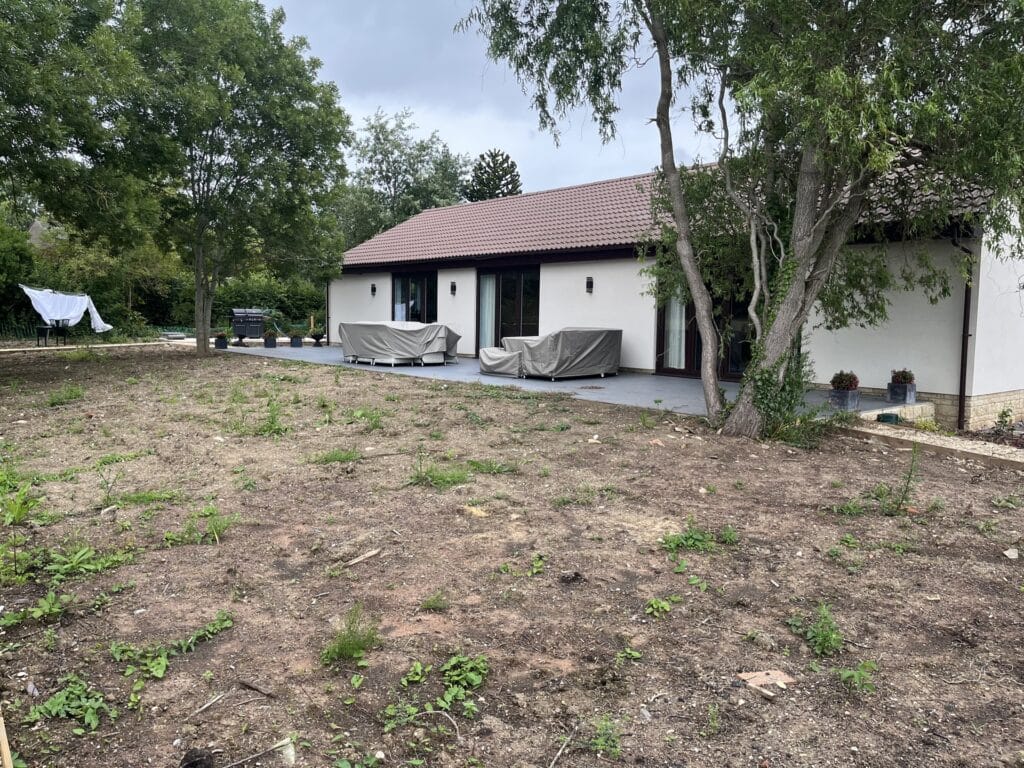
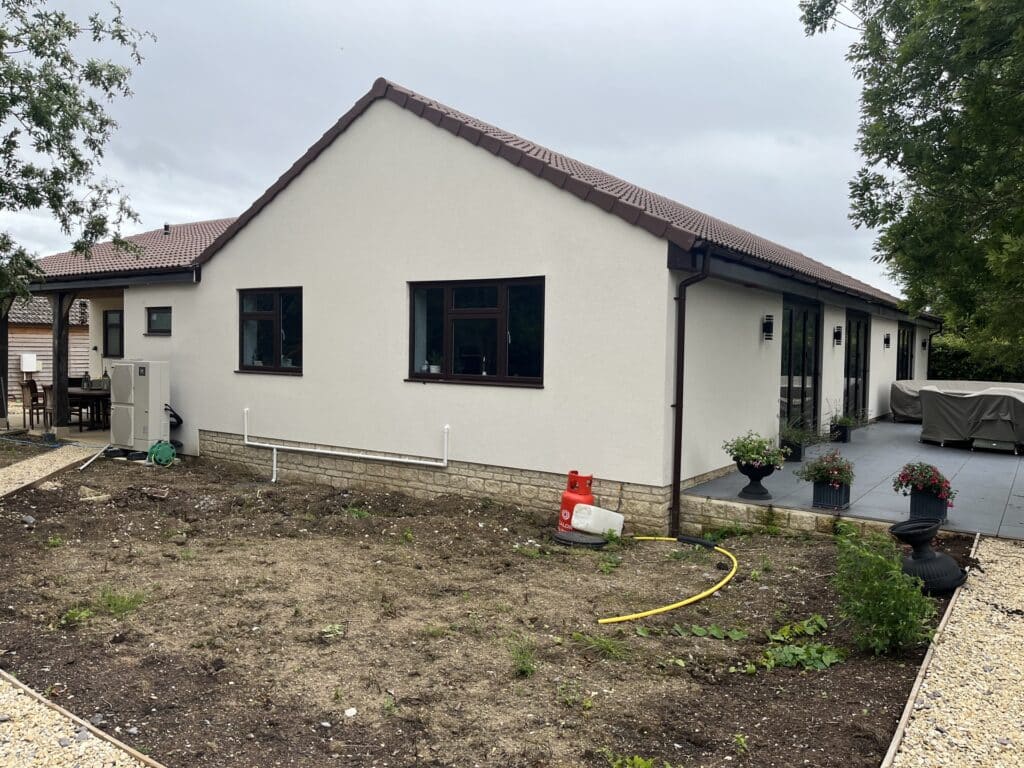
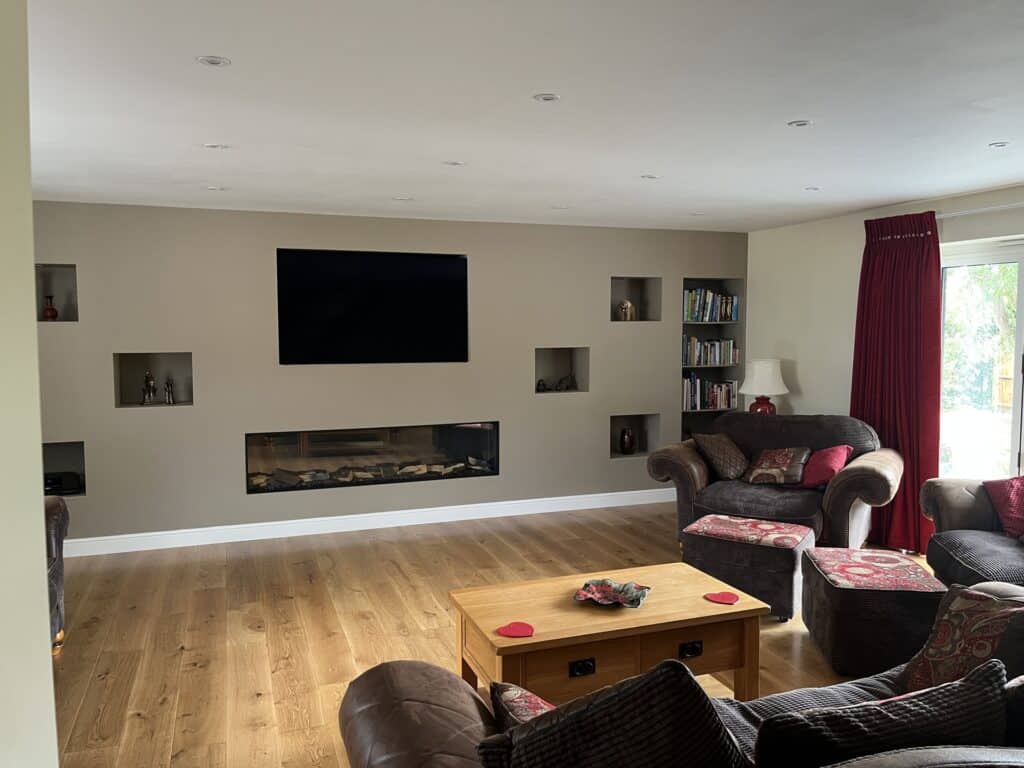
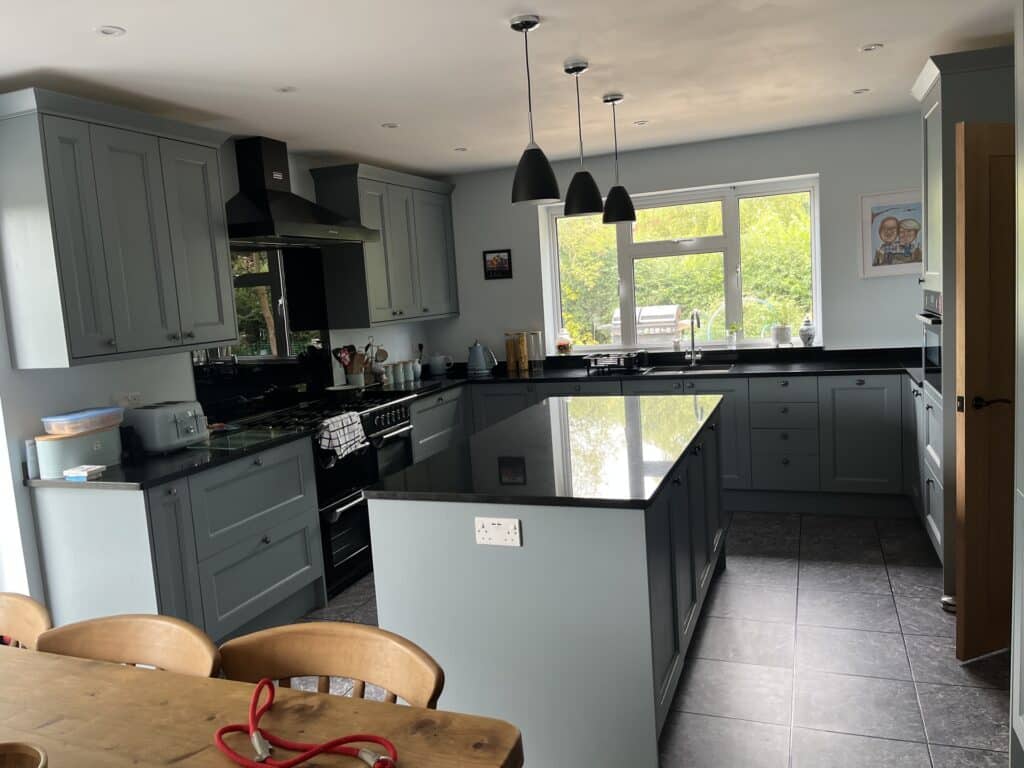
Frequently Asked Questions
General Questions
Construction and Design
Costs & Savings
Sustainability & Environmental Impact
Certification & Regulations
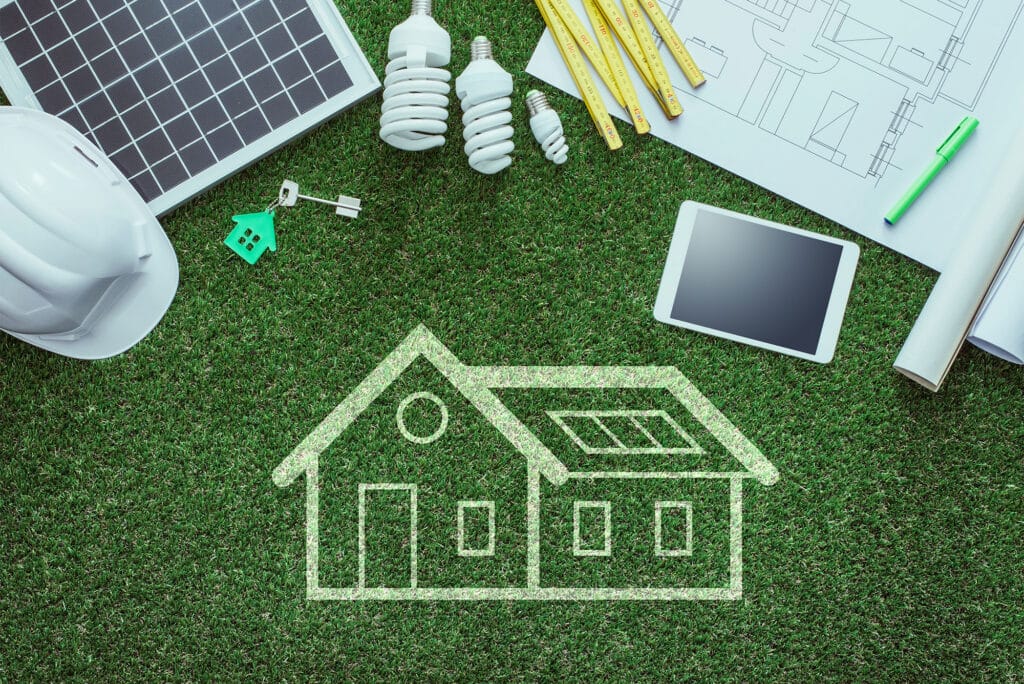
Let’s talk!
If you are looking for a reputable, reliable and affordable building firm in Gloucestershire, get in touch today!
